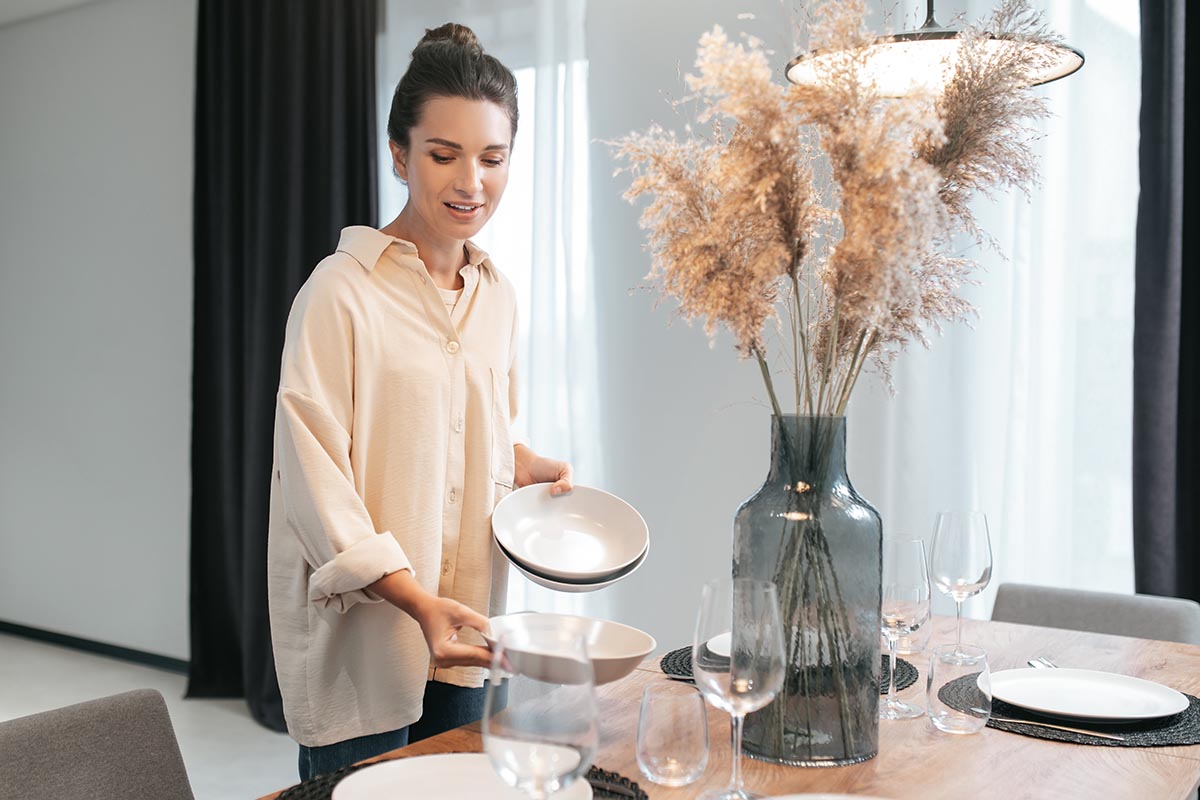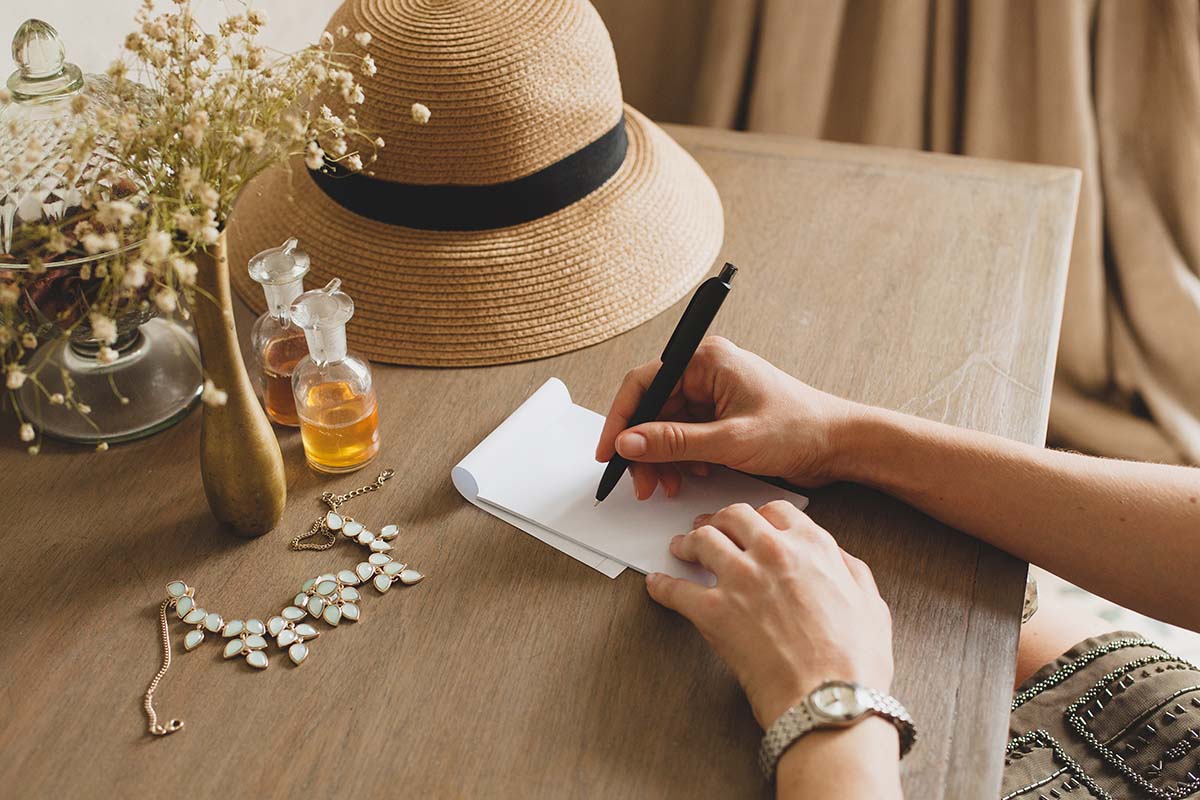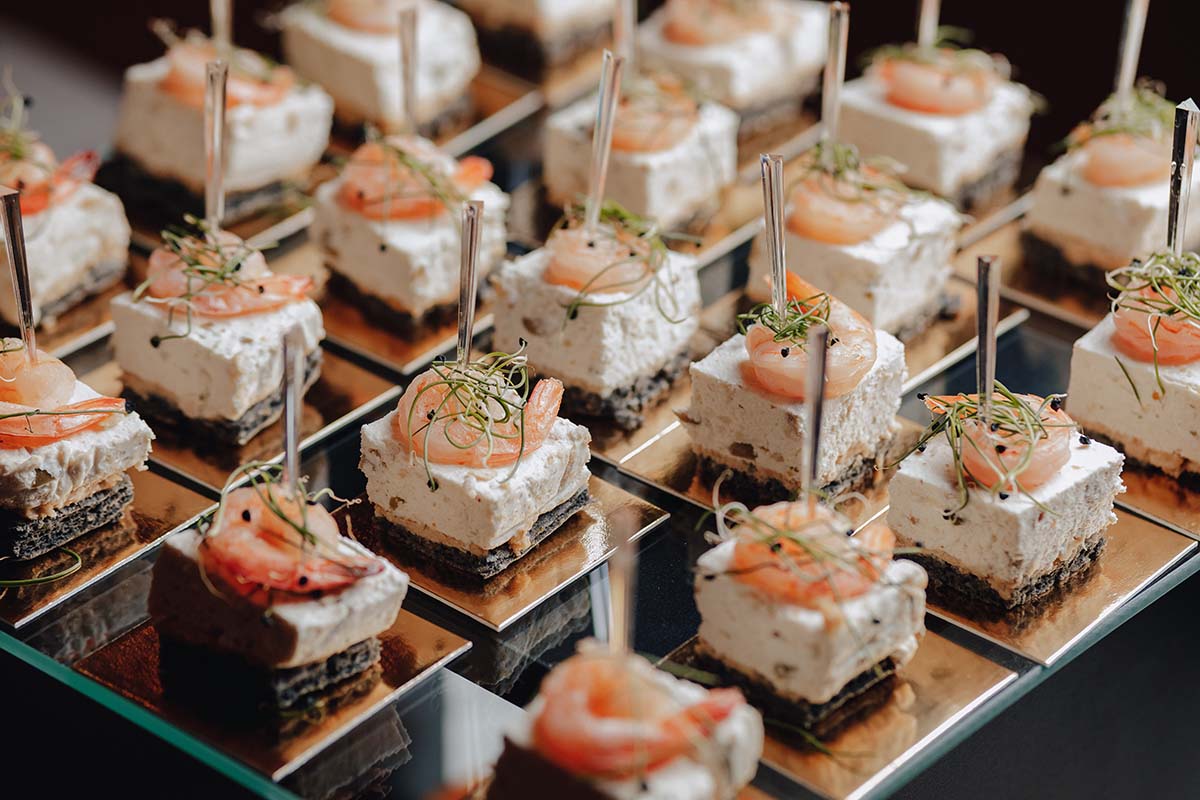Make Housewarming Party Unforgettable
Here you are, moved into a new home… Behind are the anxieties and fears associated with the move and uncertainty about everything new.
Now it’s time to get the house in order, explore new places, and get to know your neighbors. A great way to wrap up the move would be to have a housewarming party. It’s a good excuse to gather your family and old friends in one place and get to know new ones.
In this article, we will provide you with some tips that will help you make the celebration unforgettable!
Don’t rush into having a party
As mentioned earlier, there will still be plenty of things to do and take care of upon arrival. Unpack your things, check if any repairs are needed, and do a thorough cleaning. After all, it’s unlikely that anyone will enjoy a celebration in a dusty or cluttered environment.
Plan the party in advance and consider how to entertain your guests. Remember the most interesting events from your family’s life, and find some interesting photos. This will keep your guests entertained.
Most importantly, don’t be afraid to postpone the invitation date. It’s perfectly normal to have the celebration 1-2 months after the move.
Preparing Your Home
If your home is not fully prepared by the time of the party, it’s not a big deal. Maybe you haven’t installed all the furniture or unpacked all the boxes. In any case, guests usually understand these things. However, it would be best if you tried to make your home look like a place to live, not a storage room.
If you have unpacked items, it’s best to put them in one room where they won’t interfere with guests who will likely want to explore all the rooms in your home. If you have personal items you don’t want to show, it’s best to gather them in one room and lock the door or sign asking guests not to enter. Other rooms should be tidied up to look neat.
If you have guests with children, preparing for their early arrival is essential. First, you need to remove all objects that can be broken or cause injury, especially if toddlers are running around the house.
Also, don’t forget to provide them with some activities, such as toys, board games, or cartoons. If guests come with very young children, it’s essential to prepare a private area in the house where they can change or put them to sleep.
Equally important is having enough towels, napkins, toilet paper, and other necessary items to make guests feel comfortable.
If you plan to host a cocktail party instead of a sit-down dinner, ensuring each guest has a place to sit is essential. This doesn’t necessarily have to be in one room – you can organize several seating areas in different rooms. This can also help guests break up into smaller groups based on their interests and acquaintances.
Menu for the celebration
Housewarming parties are typically informal, so you can stick to a few appetizers instead of a full meal. You can hire a catering service if you don’t have the time or energy to prepare food. Want to add some originality to your tableware? Try using the “do-it-yourself” approach and develop ideas to help your dishes serve a dual purpose.
For example, you can make baked potato sticks, a Mexican pie with ingredients of your choice, or chili peppers with various fillings, including a meatless version. This will help relieve tension and allow guests to personalize their food, creating an interactive and exciting atmosphere.
Don’t forget to consider your guests’ dietary preferences and restrictions when choosing dishes. Diversify your menu by including dishes for vegetarians, vegans, and people who don’t consume gluten.
Make a guest list
To begin planning your housewarming party, take a sheet of paper and write down the names of the people you would like to invite.
However, don’t overload the guest list – remember that guests should be able to move around your home comfortably, so determine the total number of guests your home can accommodate.
Don’t fill the list with all the people you know – it’s better only to include those who are truly a priority for you. If you realize that the guest list is too large, consider the possibility of organizing the event in two stages.
Remember to ensure that all guests feel comfortable in each other’s company when making a guest list. Try to imagine in advance whether each invited guest can find a suitable circle of communication at the event.
It is important to remember that you will not be able to devote much personal attention to each guest, so it is better not to invite people who will feel uncomfortable in the company of strangers. If you are not sure that the invited person will find suitable interlocutors, you can invite them separately another time.
Prepare invitations
When preparing invitations, the main thing is to indicate the event’s date, time, and location; any other information is optional. To clarify the number of guests, you can also call them and ask for confirmation of attendance. It is better to duplicate the invitation with a phone call to ensure guests receive it.
Remember that your guests may need time to consider the invitation, perhaps adjust their plans and prepare, so sending invitations two weeks before the event and requesting confirmation of attendance five to seven days before is desirable.
Solve the dish issue
It is essential to have enough dishes and cutlery for guests, primarily if you are serving a buffet-style meal. You must have stock, as guests may forget or confuse their dishes when moving around the house. If you do not want to use reusable dishes, disposable dishes can be a good option, mainly if the event occurs outdoors.
Some disposable dishes can look decent and make it easier to clean up after guests leave. However, suppose you decide to use disposable dishes. In that case, you need to provide containers for their disposal, and it is better to use metal forks, spoons, and knives, as plastic cutlery can create a cheap impression of the table.
Time to welcome guests
If you have managed to take care of everything mentioned above – congratulations! It’s time to welcome your guests. Don’t forget to greet each one personally, thank them for their visit, and escort them to other guests. If someone is not acquainted with anyone, introduce them personally to someone with whom they might have common topics for conversation.
Distribute your time between all the guests so that no one feels deprived of attention. Show your home; you can give tours in small groups or individually. Accept compliments about your home with gratitude and criticism with understanding and politeness.
Don’t try to argue with critics or engage in lengthy discussions; it’s better to thank them for their opinion. Remember that everyone has their opinion about your home, which is okay.




















